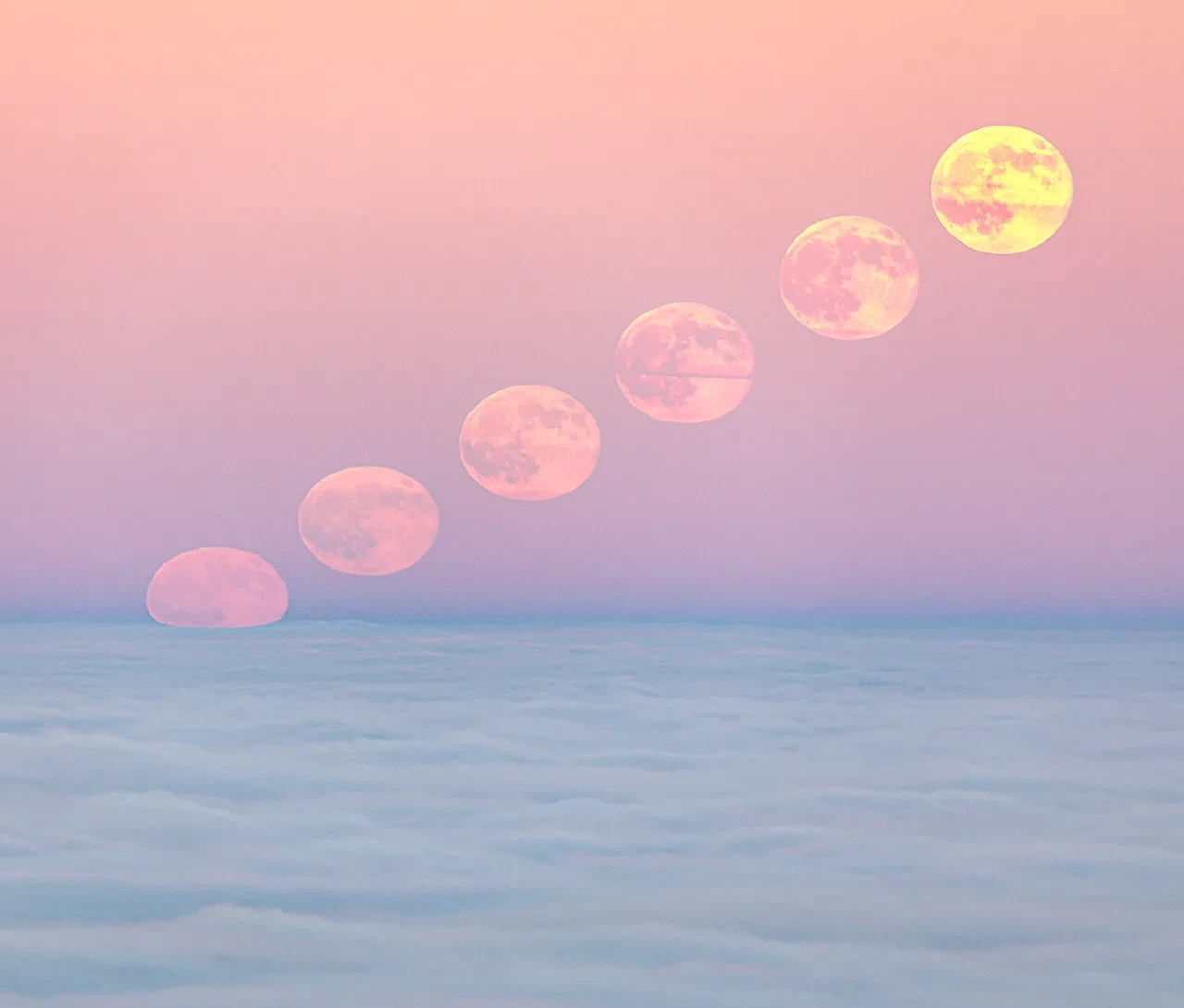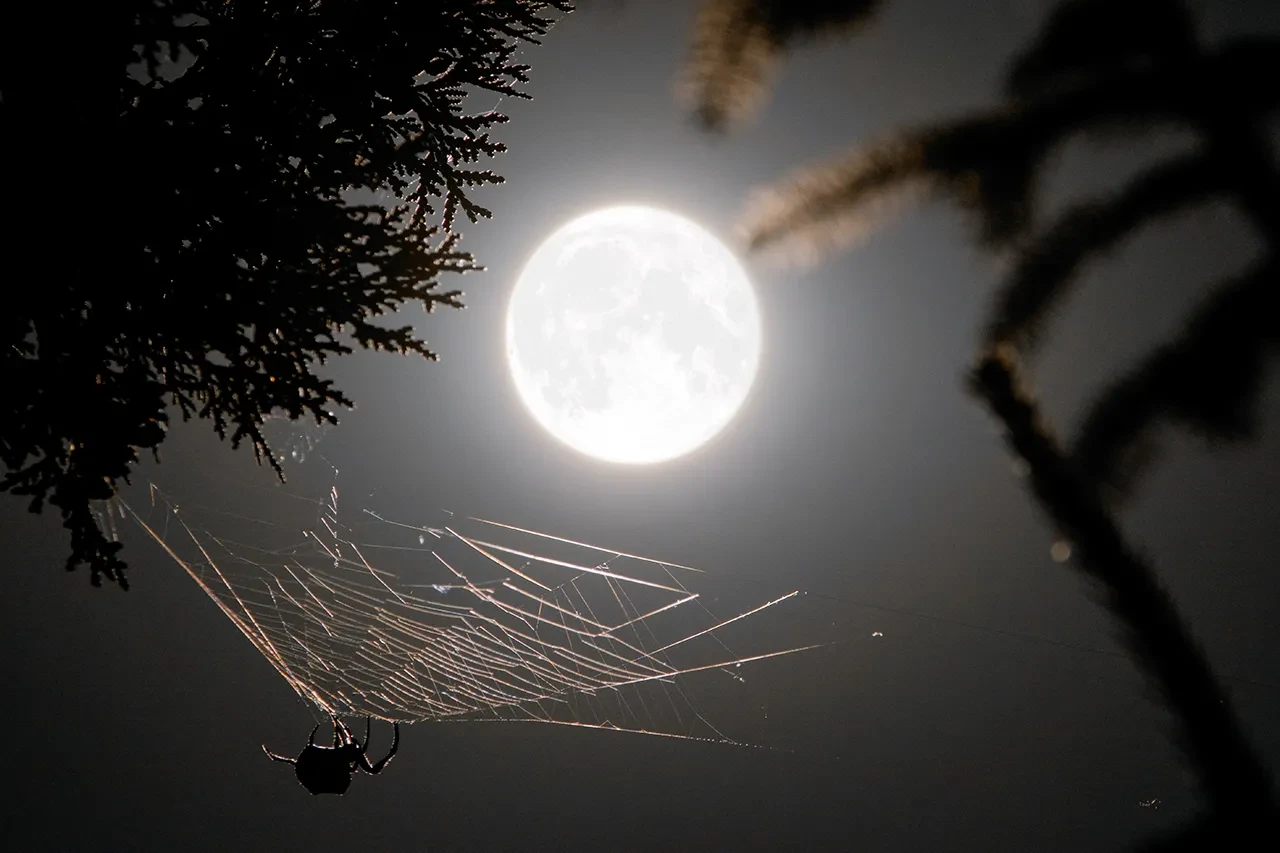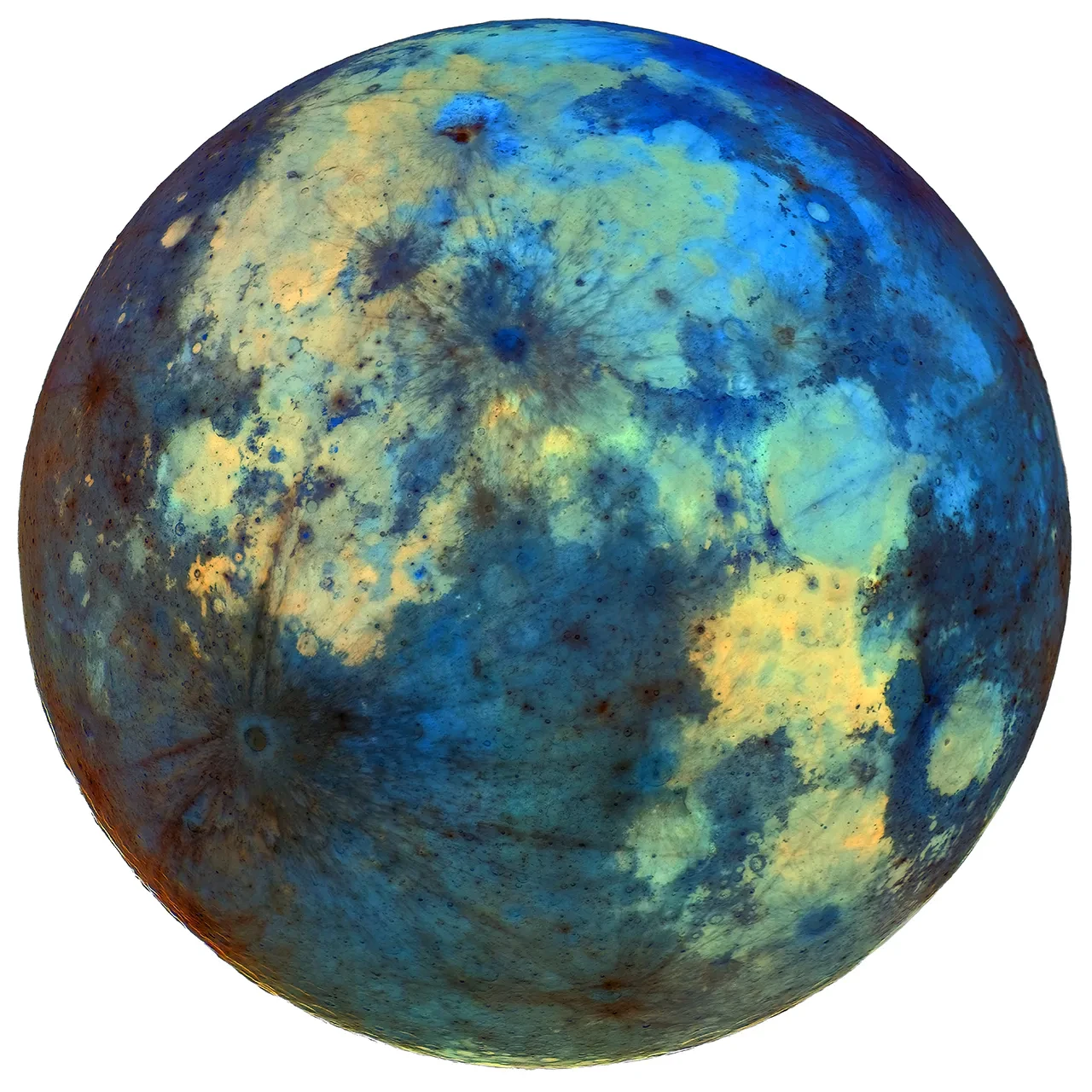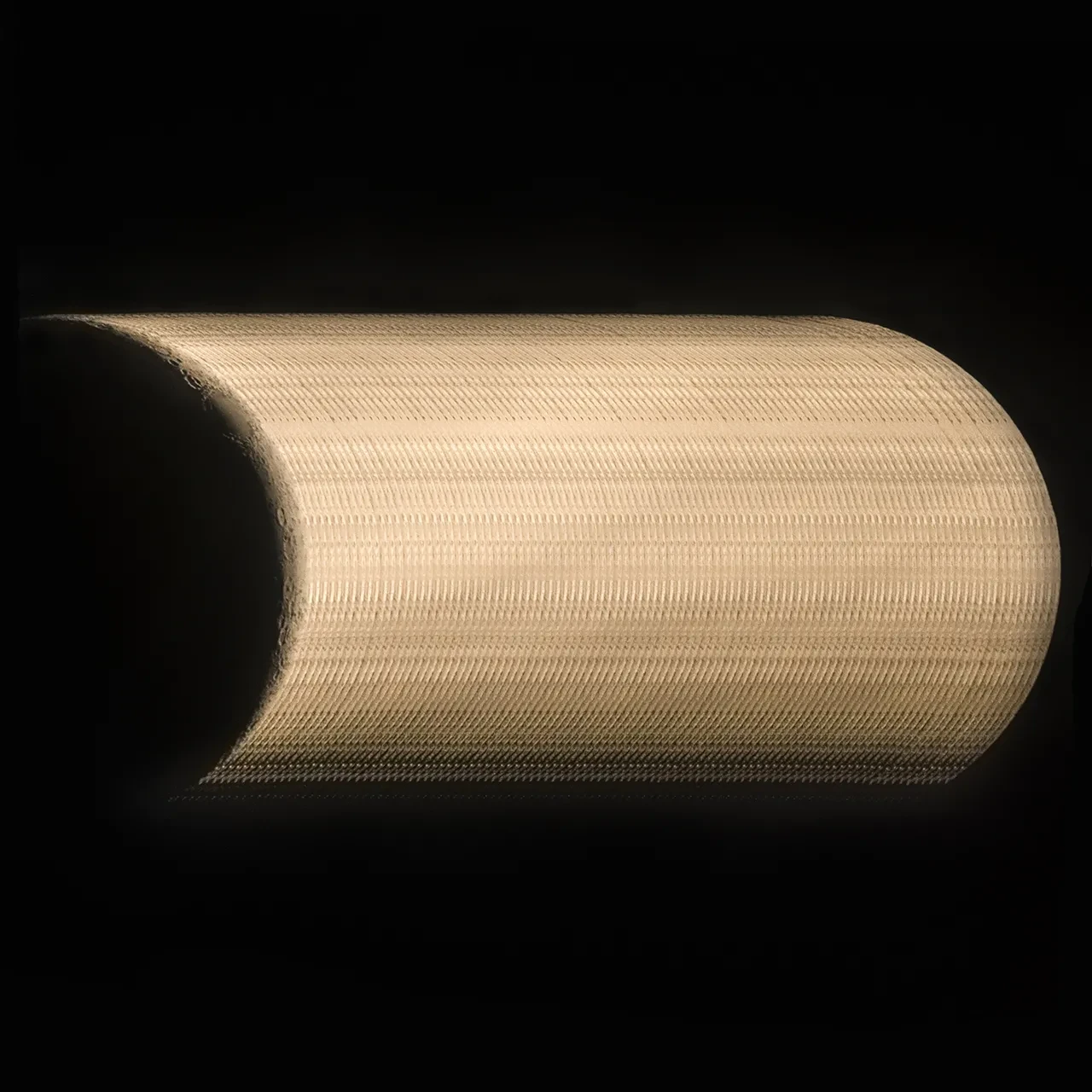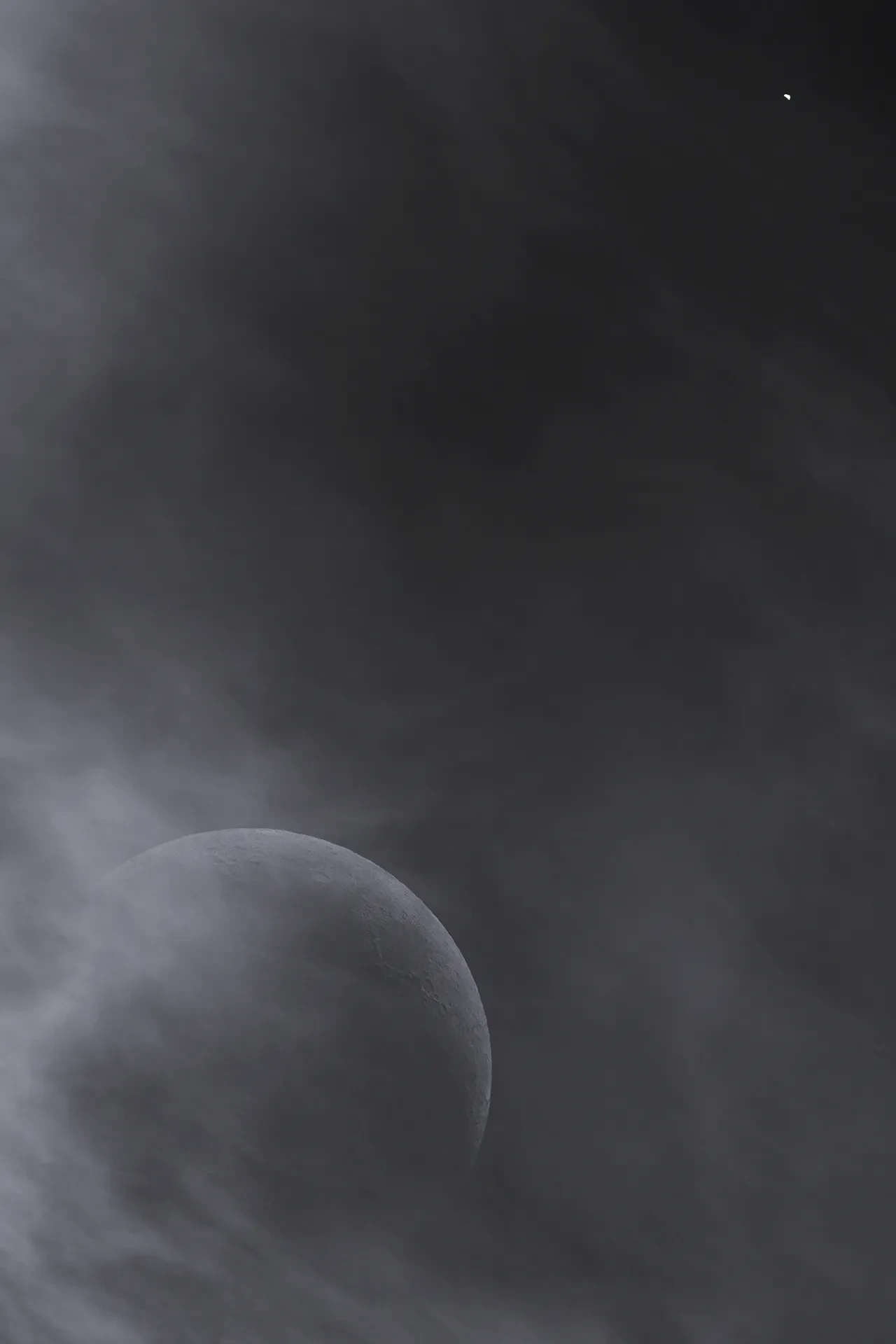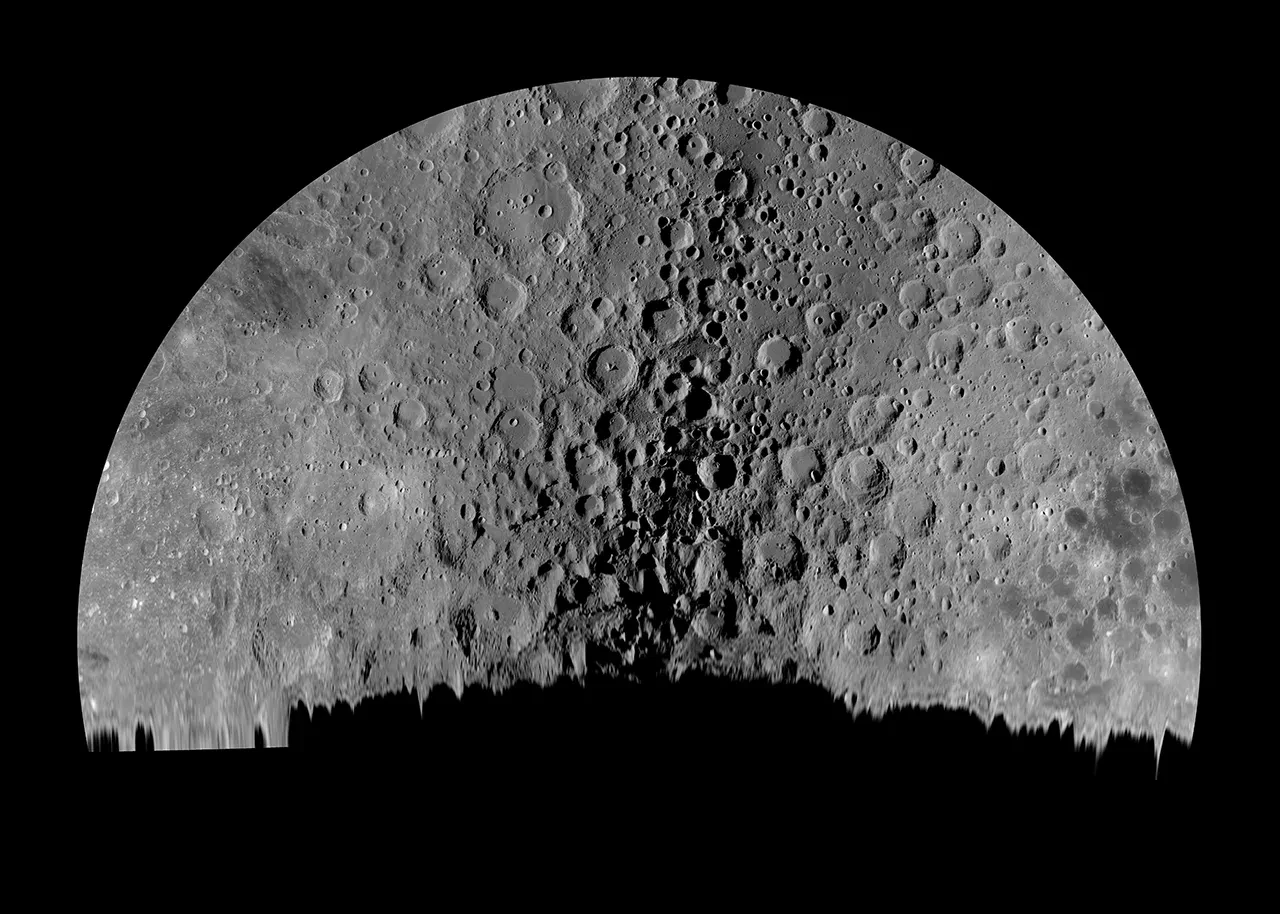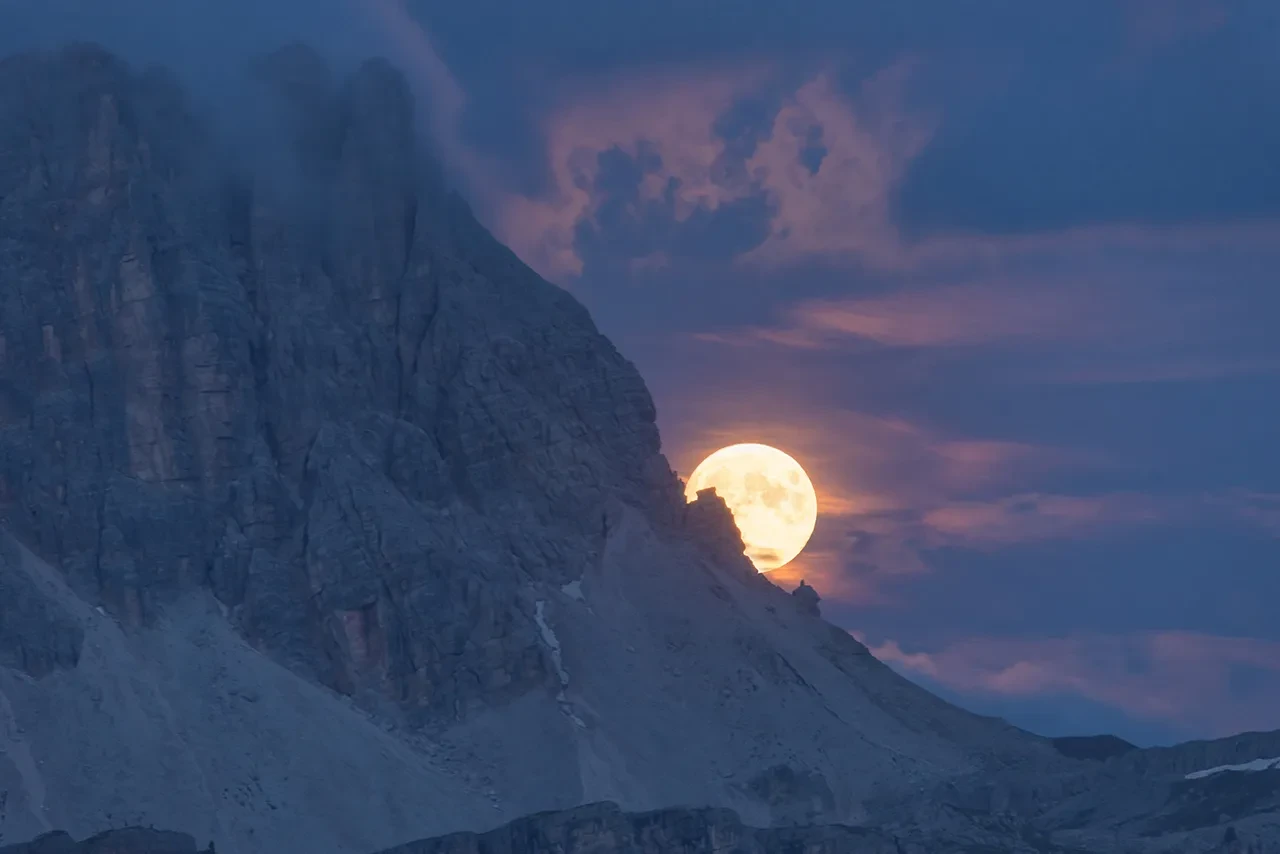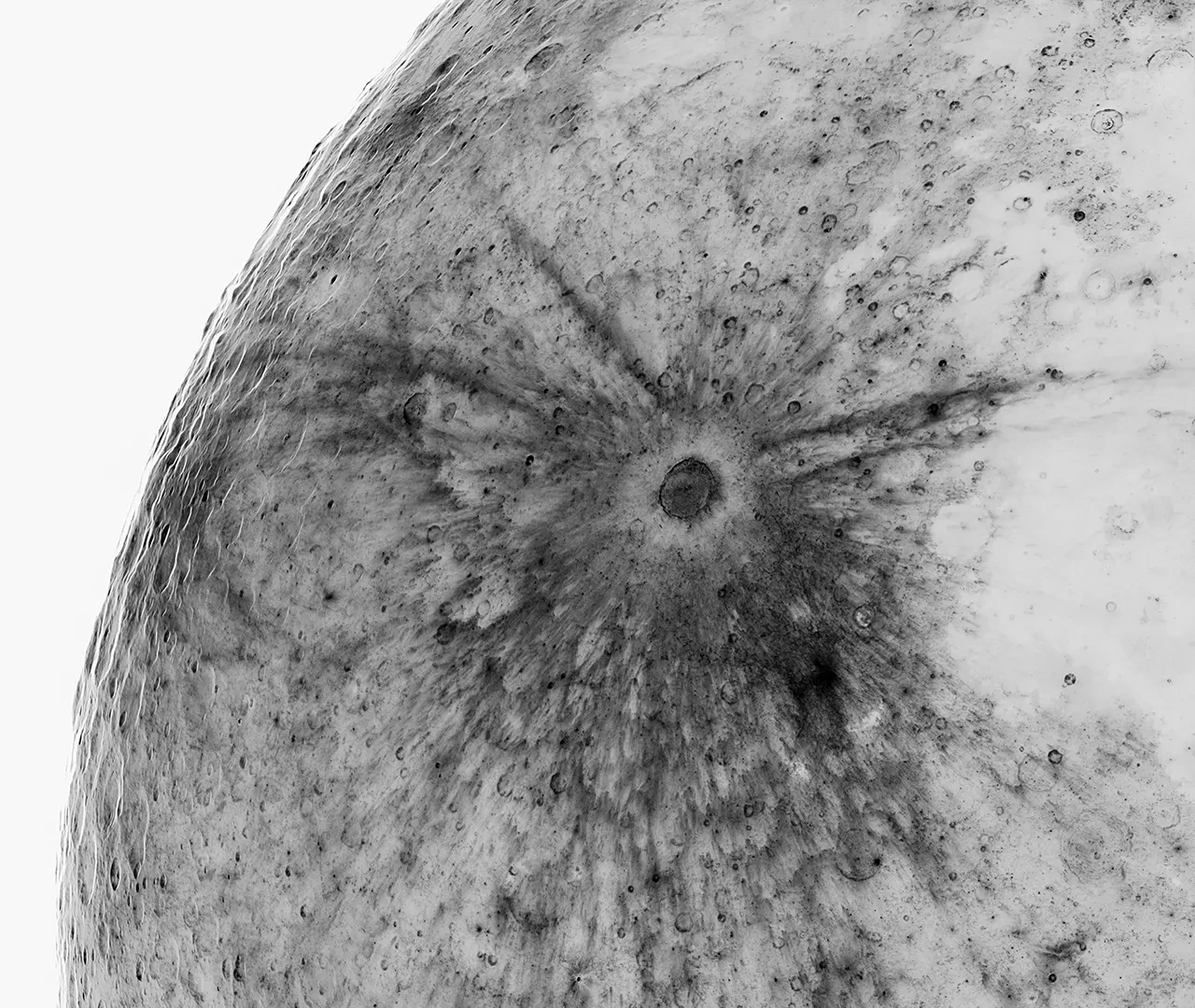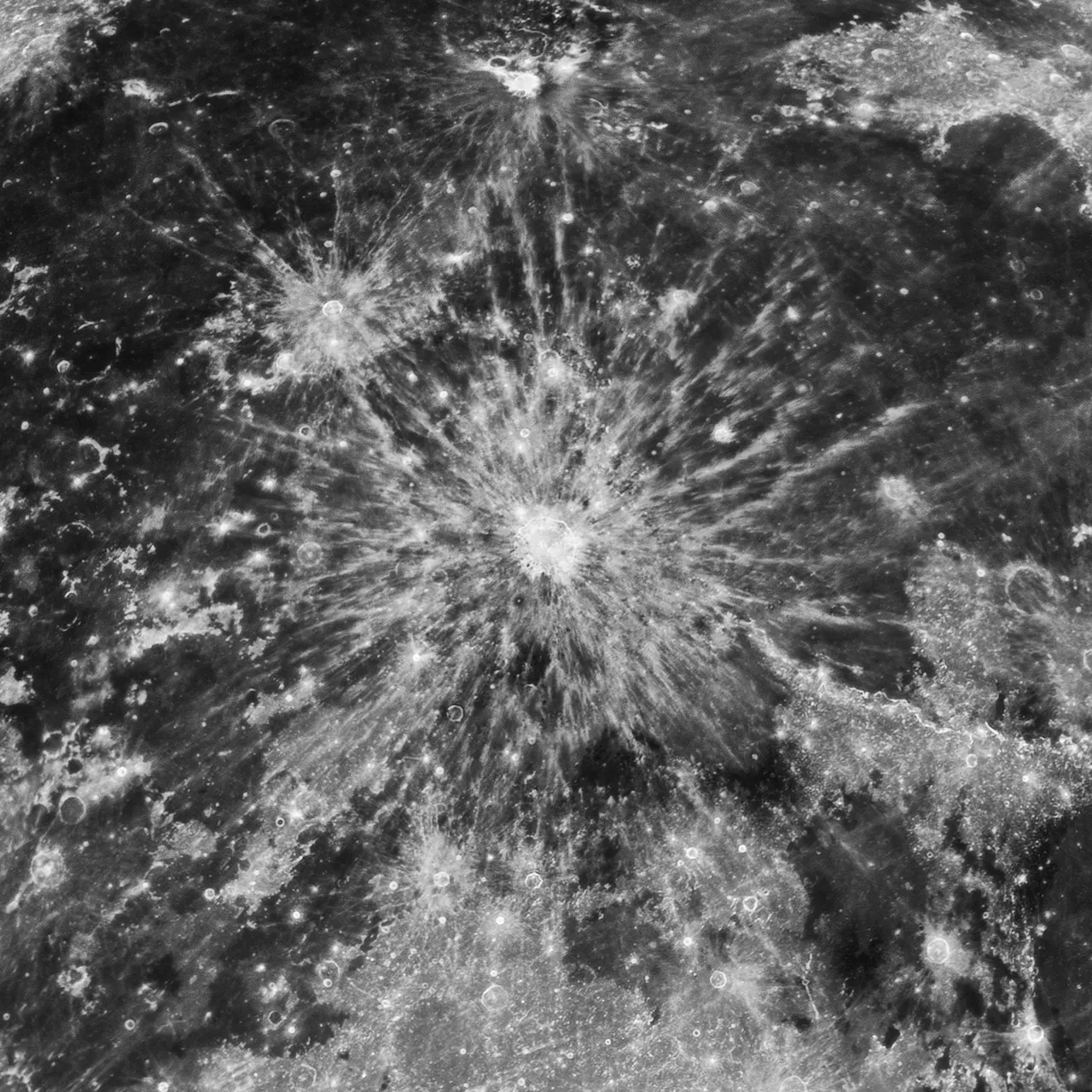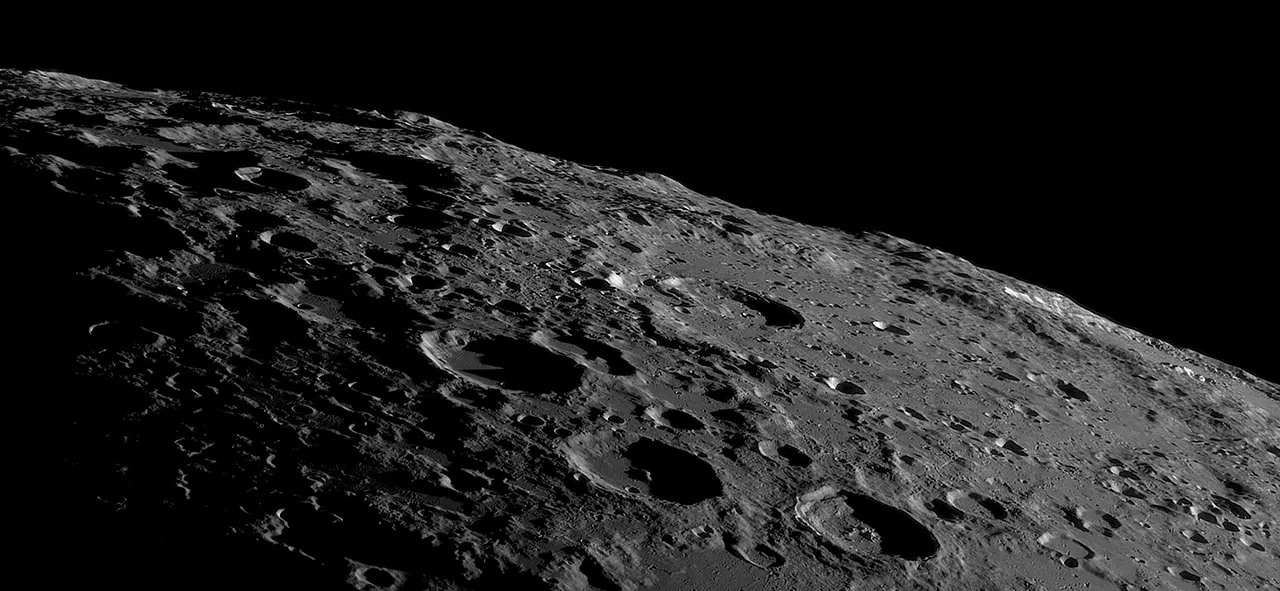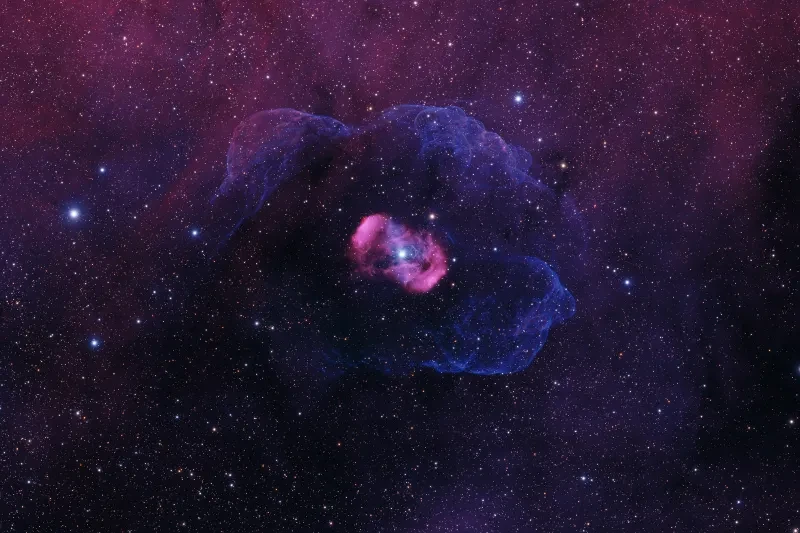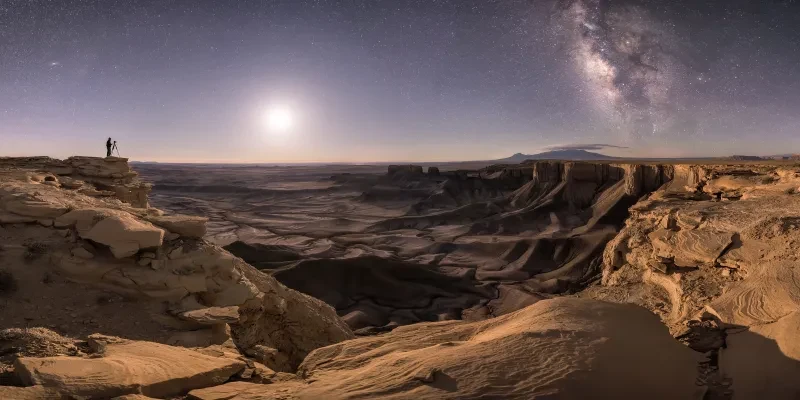At an average distance of 384,400km from Earth, the Moon is our closest celestial neighbour. It’s an object that dominates the night sky and has been fascinating humans for millennia.
Just because our Moon is one of the easiest objects to spot in our skies, it should not be assumed that it is simple to capture images as captivating as those you can see in this category. Lots of planning is involved to set up your desired shot.
The Moon rises and sets at different times each day, is constantly moving between phases and there are often other astronomical objects that could align with it. An eclipse, such as the lunar one that occurred in November 2021, drastically alters the Moon’s appearance.
Find out more about the winning images in this year's competition, and explore the full shortlist below.
The winning image
Shadow Profile of Plato's East Rim by Martin Lewis
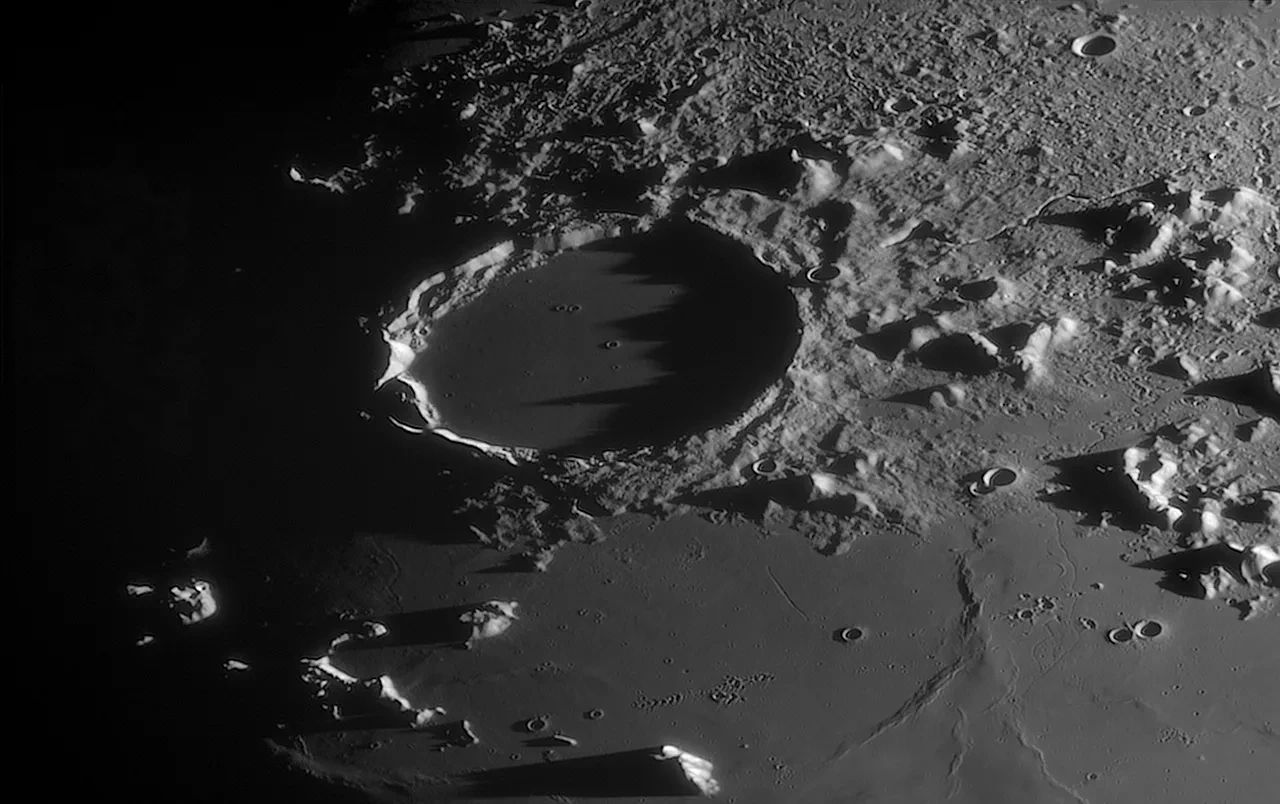
Image taken in St Albans, Hertfordshire, UK
"Once a month the Sun rises over the giant lunar crater Plato and casts huge shadows from its east rim across its lava-filled floor," Martin says.
"Occasionally this event coincides with a night of good seeing and the view through the eyepiece is spectacular. The night of 20 April 2021 was one such rare night – with the Moon high overhead and steady skies, the dark, projected rim-profile was visible in exquisite detail. One finger-shaped shadow could be seen stretching nearly 45 miles!
"The image was taken with a mono camera using an infra-red filter to further steady the views and maximize the amount of detail recorded."
Equipment used: Home-built 444 mm Dobsonian Newtonian reflector telescope, home-built Equatorial Tracking Platform mount, Astronomik 642nm IR filter lens, ZWO ASI174MM camera, 12.8 m f/29, multiple 29-millisecond exposures
The clarity, sharpness and contrast in this picture of Plato’s rim is very impressive. I enjoyed how the details from the surface of the Moon have been brought so close to us. It’s almost difficult to believe that the photographer has captured this picture whilst standing here on Earth.
Imad Ahmed, competition judge
Runner-up
Moon: Big Mosaic by Andrea Vanoni
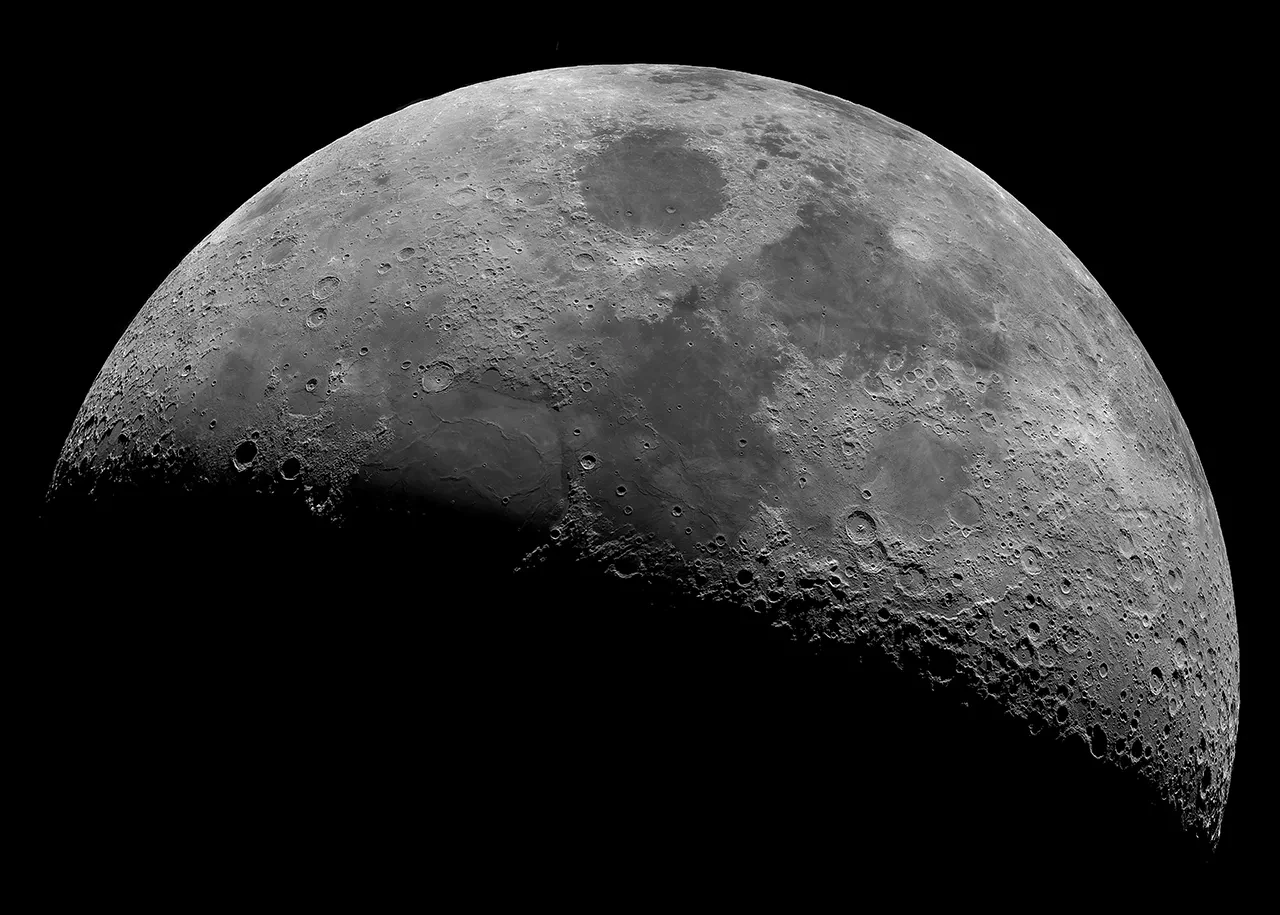
Image taken in Porto Mantovano, Lombardy, Italy
"This is a 32-panel mosaic of the crescent Moon," explains photographer Andrea. "The assembly process was particularly complex due to the lunar libration (wavering of the Moon as viewed from Earth), which changed during the two hours I spent shooting on that January evening. In this image you can see the most famous craters, rims, mountains, domes and seas of this lunar phase."
Equipment used: Newton GSO 300 mm F5 telescope, ZWO ASI178MM camera, Celestron Ultima 2x lens, 32 frames of varying exposure
The creation of mosaics is a popular aspect of lunar astrophotography, yet the immense amount of work that goes into one can never be understated. This mosaic goes a step further with perfect processing and balance of light and dark shades from terminator to limb.
Steve Marsh, competition judge
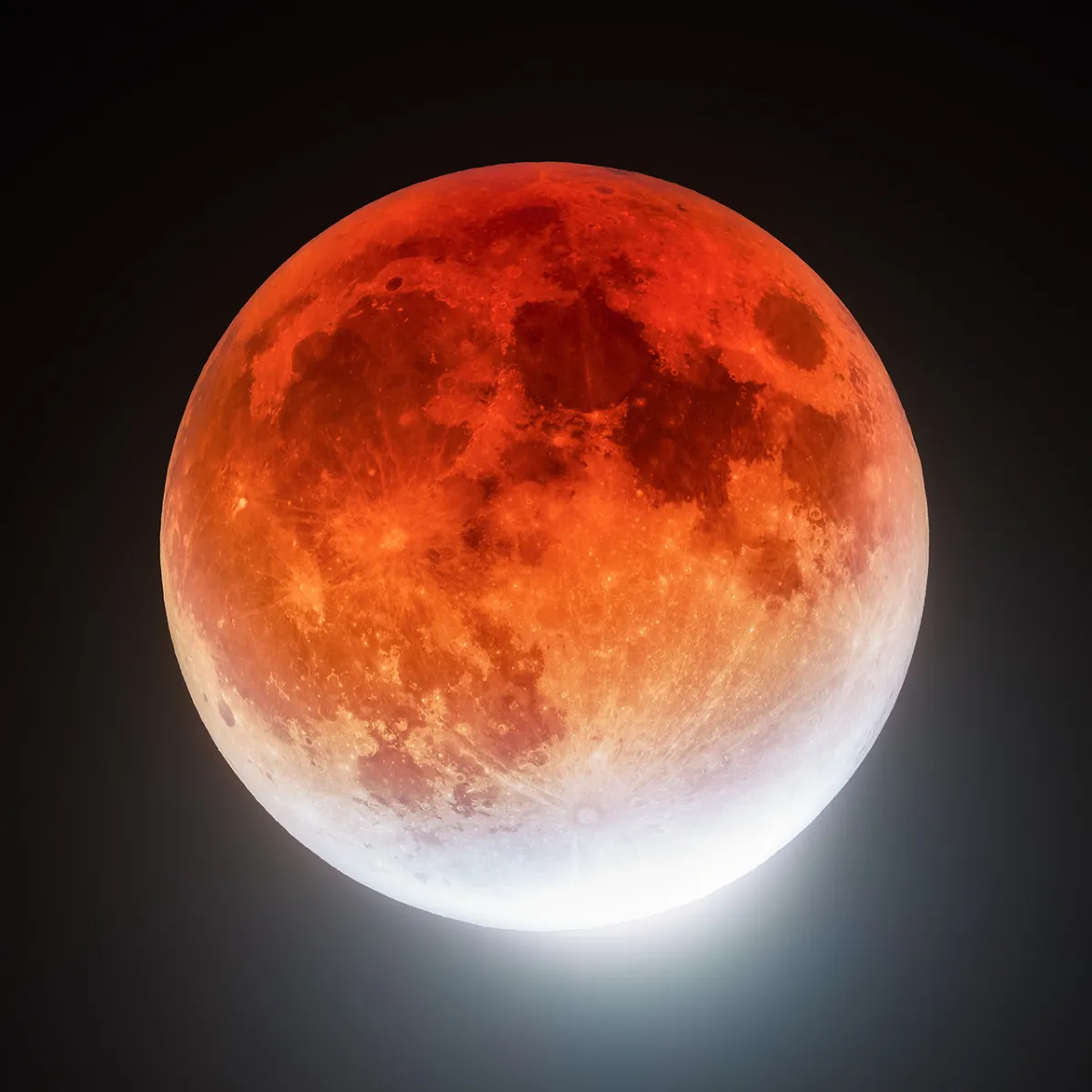
Highly commended
An Eclipse from a Thousand Sunsets by Noah Kujawski
"One of my most memorable moments under the stars was the incredible lunar eclipse of November 2021," says Noah. "Staying up all night watching the Moon turn red filled me with emotion and was important to me.
"This is my most detailed image of an eclipse to date. I captured high-speed video of the Moon with my planetary camera to reduce noise and stacked the best frames least affected by the atmosphere. I also had to create a mosaic just to fit the full disc in my final image.
"This picture shows the fantastic red colour created by light passing through all the Earth’s sunrises and sunsets, casting a blood-red light onto the Moon. I processed this one to show off the beautiful natural colour from that night, without overprocessing the Moon and creating something unnatural. I love the memories associated with the eclipse captured in this image. They always remind me how incredible these rare events truly are."
Equipment used: Celestron CPC 1100 telescope, ZWO ASI183MC camera, 2800 mm f/10, 180-millisecond exposures
A lunar eclipse is caused by the Full Moon entering Earth’s shadow. As sunlight passes through Earth’s atmosphere, blue light is scattered outwards, while the redder wavelengths of light are undisturbed, travelling all the way through the atmosphere and out towards the Moon. Since only red light is reflected off its surface during this event, the Moon is seen in a deep shade of red.
Jake Foster, Royal Observatory Greenwich astronomer
See the full shortlist
Explore all the photographs in the Our Moon category
Our partners


